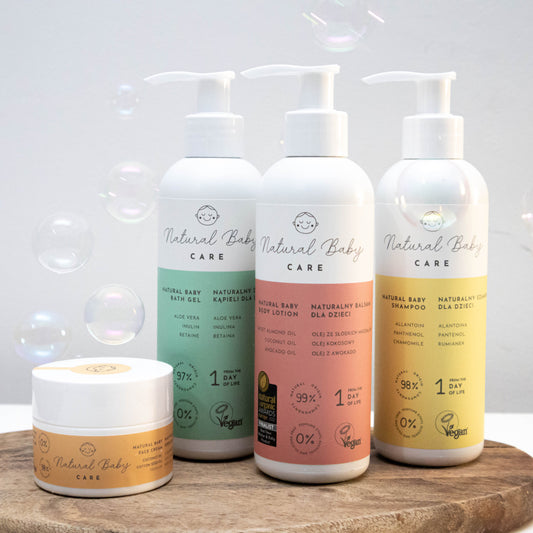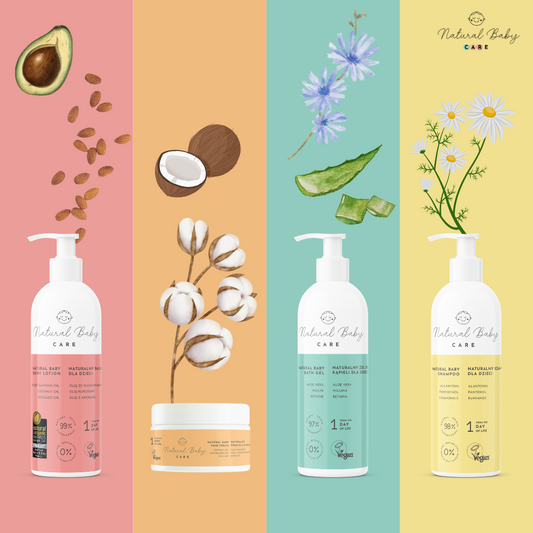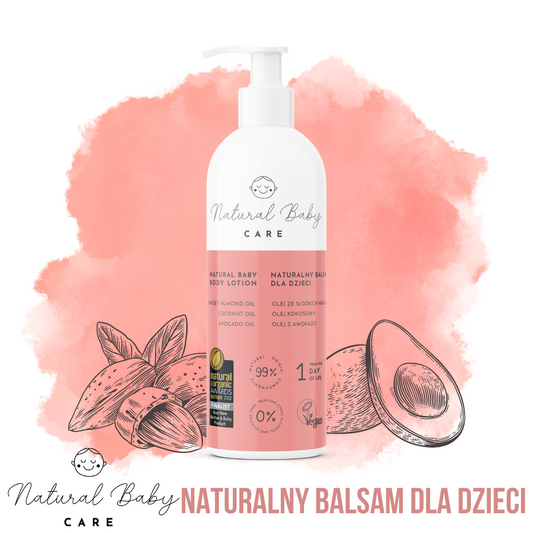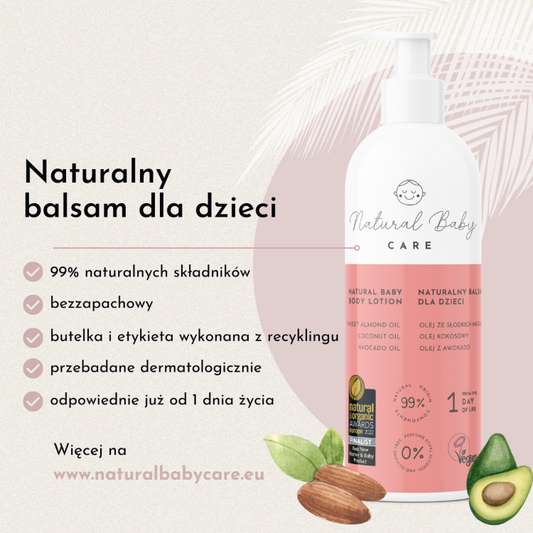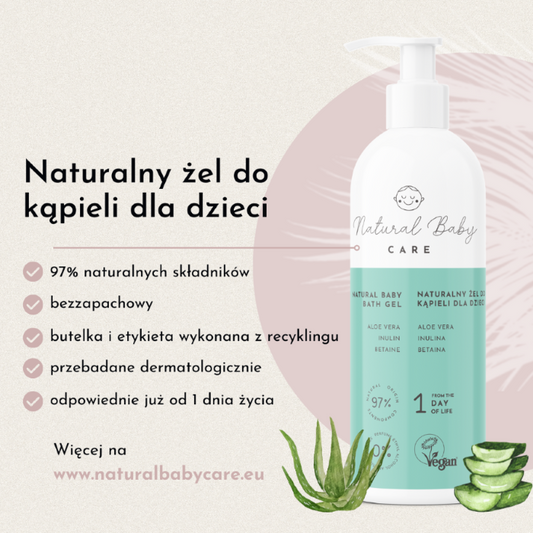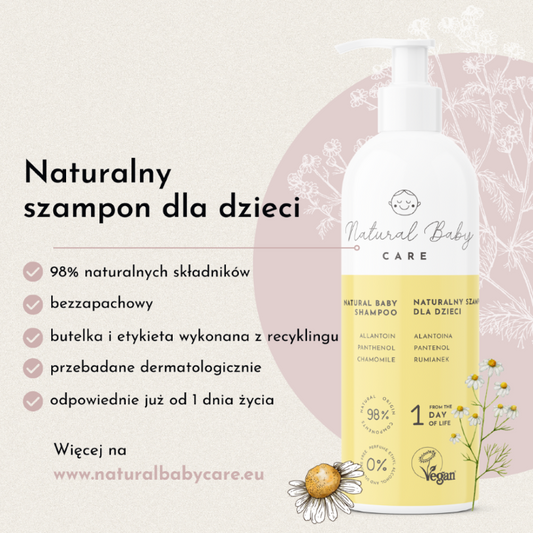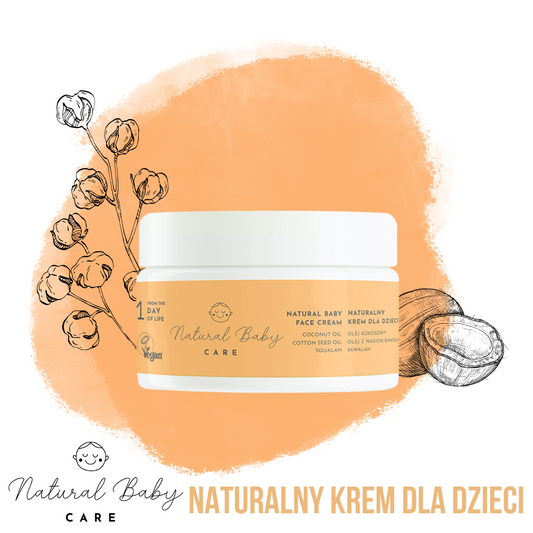Home > Knowledge Zone > Blog > Balm for children with dry skin and children with atopic dermatitis

Balm for children with dry skin and children with atopic dermatitis
Author : Natural Baby Care Team
Publication date: May 19, 2024
Reading time: 5 minutes
Dry skin in children, especially atopic dermatitis (AD), is a problem that requires special attention and proper care. Parents often struggle with choosing the right products to help with daily skin care for their little ones. One of the most frequently recommended products is baby lotion, which effectively moisturizes and protects delicate skin. In this post, we'll discuss the differences between lotion and cream, the benefits of lotion, its ingredients, and the best ways to moisturize the skin of a child with atopic dermatitis.
Check out cosmetics for your baby's delicate skin
Baby lotion can be used daily, especially after bathing, when the skin is still slightly damp and best absorbs moisturizing ingredients. It's also a good idea to apply baby lotion for atopic dermatitis before bed, so the skin has a chance to regenerate during the night. Thoroughly moisturizing the skin of a child with atopic dermatitis can reduce itching and provide better sleeping comfort. Regular use of lotion helps keep your child's skin soft, smooth, and well-hydrated.
Did you know that...?
Collapsible content
Jaki balsam dla dziecka z AZS?
Co najlepsze na AZS dla dzieci?
Jaki krem na atopowe zapalenie skóry u dzieci?
W czym kąpać dziecko z atopowym zapaleniem skóry?
Co łagodzi atopowe zapalenie skóry?
Jaka maść jest dobra na atopowe zapalenie skóry?
Skąd się bierze atopowe zapalenie skóry u dziecka?
Czym smarować skóry atopowe zapalenie?
Dobry balsam do skóry atopowej
Najlepsza maść na AZS dla dzieci
Kosmetyki do skóry atopowej dla dorosłych
Jaki balsam dla dzieci na suchą skórę?
Jaki balsam mocno nawilżający?
Balsam dla dzieci z dobrym składem
Balsam dla niemowląt ranking

